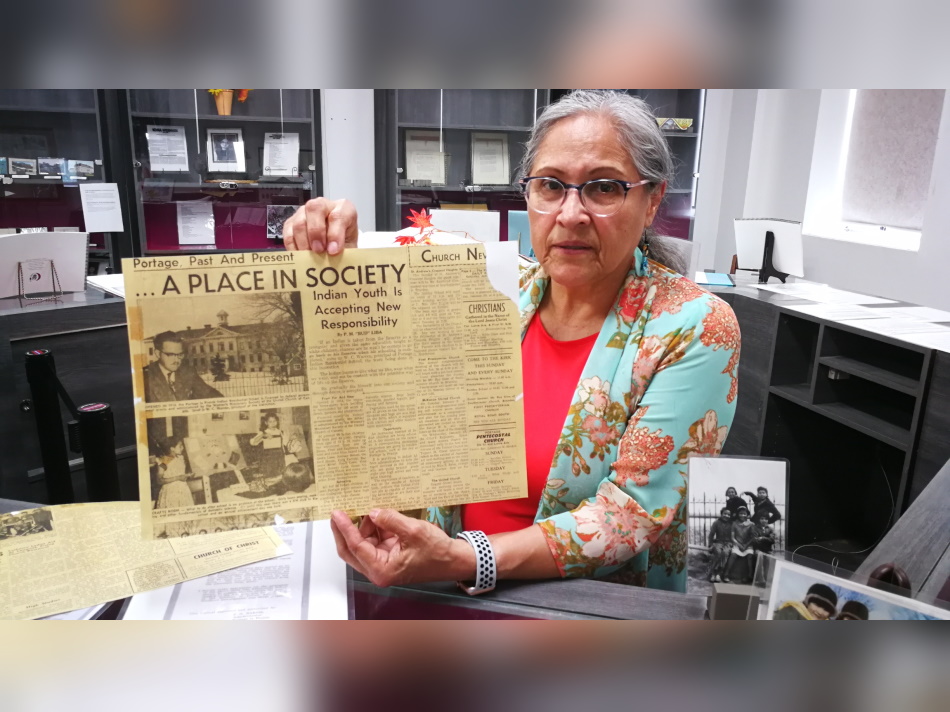(Title of this story has been changed in consideration of the local family at request of Museum)
Kirsten Lindbloom is a professor of sociology at the University of Wisconsin in River Falls but was born in Portage la Prairie. She says circumstances allowed her to connect some dots from her childhood, and she realized that her grandfather, W.C. Warren, was the principal of the Portage Residential School in 1958.
The school has since been converted to the National Indigenous Residential School Museum and is a work in progress.
"That was a revelation," says Lindbloom. "As a sociology professor, I teach about boarding schools in the States and residential schools in Canada and have done so for a dozen years. That was shocking to me; understanding, as well as I can, what was happening in these schools, and realizing that I had a family connection to what was done to this systematic institution of racism. That led me on a personal journey last summer to do research; to figure out what our role was as a family."
She realized the building was still standing.
"Realizing that the museum was here, actually led me to these doors and to Lorraine Daniels (National Indigenous Residential School Museum executive director). I took a tour. I was able to provide copies of things that I had from interviews with him, was able to spend some time in my personal journey, and really just trying to reconcile for myself the connection that I had to this space."
She noted, Autumn 2022 arrived, and she returned to campus in Wisconsin, processing everything with her colleagues.
"When I left here, I just felt compelled to help tell the story," continued Lindbloom. "I'm an educator. I'm a teacher, and I feel like this story needs to be told, and from different perspectives. And I know that Canada does an amazing job with this and in the States, we're not having these conversations. I knew when I went home that I could never talk about boarding schools and residential schools again in the same way because of my experience here last summer."
Lindbloom went back to faculty, friends, and colleagues who gave her some assistance.
"They were like, 'Well, how do you feel like you're going to tell the story?' because it was my mission," says Lindbloom. "Somebody said, 'Hey, you got all these students. What can we do?' So, I spent the year trying to figure out what it would look like, what we would be talking with Lorraine about, and the decision was made that I would bring students back."
She says their initial goal was to decide exactly how to help get the museum fully developed, whether it be by painting walls or some other form of reconciliation.
"She phoned me up and wanted to do something in return for the time that her grandfather was here," explained Daniels. "She did not realize the impact that the residential schools had on the Indigenous students and the generations. So, she wanted to give back."
Daniels says they began planning and came up with a way for the students to come to the school.
"They're university students that are in psychology, taking psychology majors and social work," notes Daniels. "They are people that are going to be working and helping people when they're done. They're also going to be working in the museum, as well, to develop a database for our residential school. It'll make it easier for when you go online with the information."
Daniels says she thoroughly enjoys her role with the museum in meeting many people as well as those who want to come back again to help.
"It's all about developing partnerships, friendships, and allies," says Daniels. "It's just an amazing, amazing job that I'm blessed with; just meeting people from all over the world."
































